On May 18, 1980, Mount St. Helens erupted cataclysmically, sending ash all the way to New York and beyond. For the next six years, a lava dome formed in the volcano's crater, and then the volcano fell relatively quiet.
In October 2004, nearly 18 years later, Mount St. Helens began to again spew out ash and steam, and a lava dome again grew in its crater (Figure 1).
Station P698 is perched at 1480 m elevation on the southeast side of Mount St. Helens, about 3.5 km from the volcano's crater. The station was installed on November 4, 2004, about one month after the start of the volcano's 2004-08 dome-building eruption. The station is one of 21 continuous GPS stations installed around Mount St. Helens (Figure 2). Field engineers and scientists installed many of these stations, including P698, on mounts for an older monitoring system, and up high to avoid the mountain's heavy snow accumulation (Figures 3 and 4).
What we most want to see from P698's data is how the volcano is moving. But motions at the station come from several sources, and we have to detangle them before we can see what the volcano is doing. Looking at the time series in different ways helps us to differentiate these different motions, and other factors affecting the GPS signal.
We start with the "raw," or unaltered, time series, in Figure 5. We can see that the red line shows a linear fit to all the data. This nearly steady movement of the station since 2010 is typical of background tectonic—not volcanic—motion. (For more on this motion, check out site
P405.) We can remove this signal to see how the volcano's motion is changing over time, which we do for Figure 6.
Next, there is a seasonal pattern in the data that we can get rid of. Seasonal patterns often reflect changes in the water cycle, like snowfall. In Figure 7, we remove these seasonal variations and we can clearly see the volcanic motion. For a year or two after being installed, the station moved faster to the north, west, and down than it did on average. This motion is directed toward the center of Mount St. Helens and is consistent with a slow inward collapse from the withdrawal of magma from deep in the crust to feed the 2004-2008 eruption. There is also a smaller, short-term reversal (outward and upward motion) after the eruption ceased in early 2008.
One more complication: the volcanic motion is mixed with primarily westward jerks, showing still another style of deformation. These westward movements occur during the slow slip events in early 2006, late 2009, and late 2012 (see
ALBH for more about slow slip events). Like the long-term motion in Figure 5, these "jerks" result from subduction, not from the volcano.
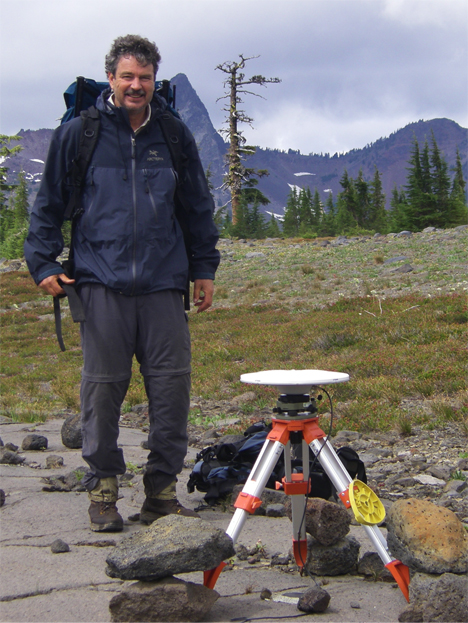
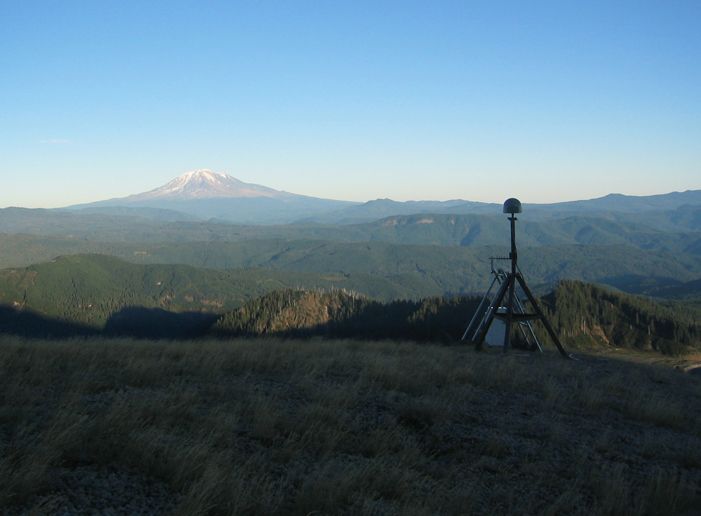
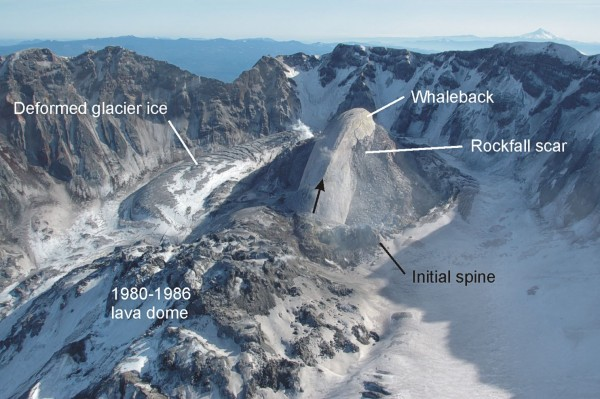
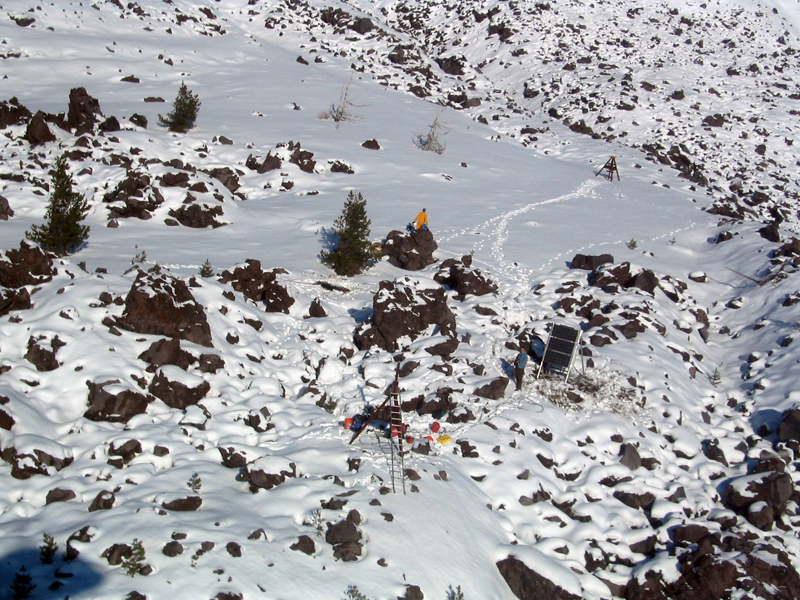
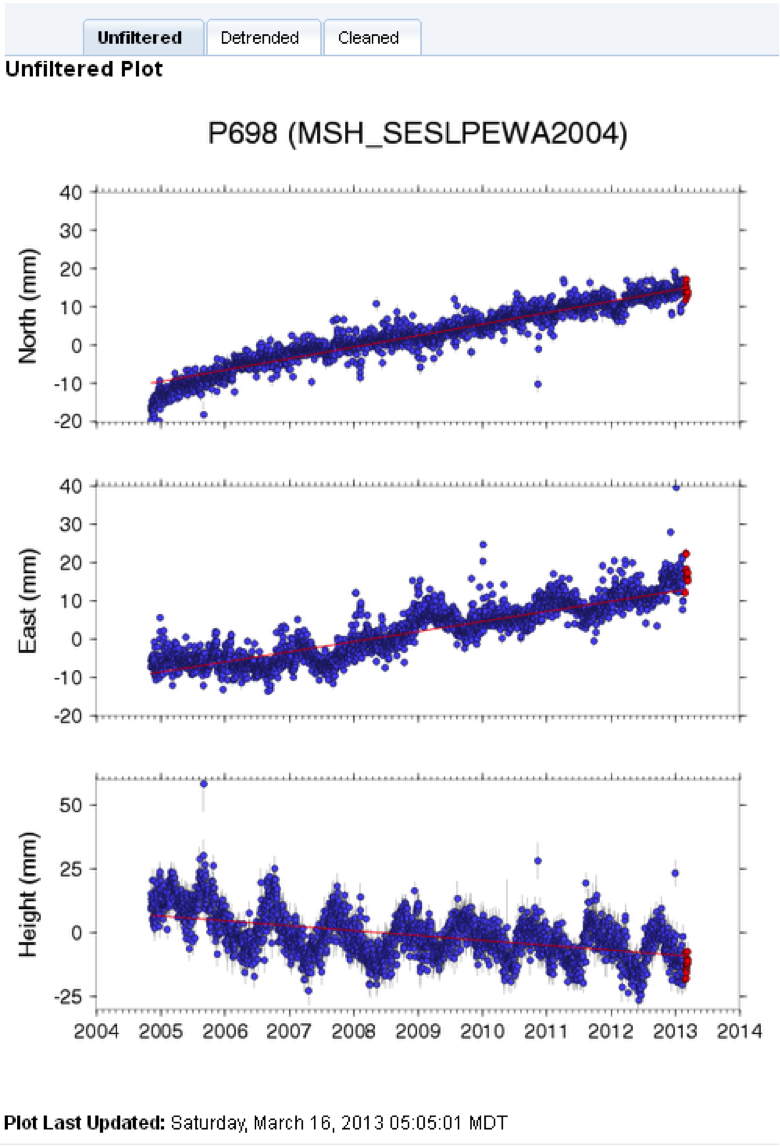
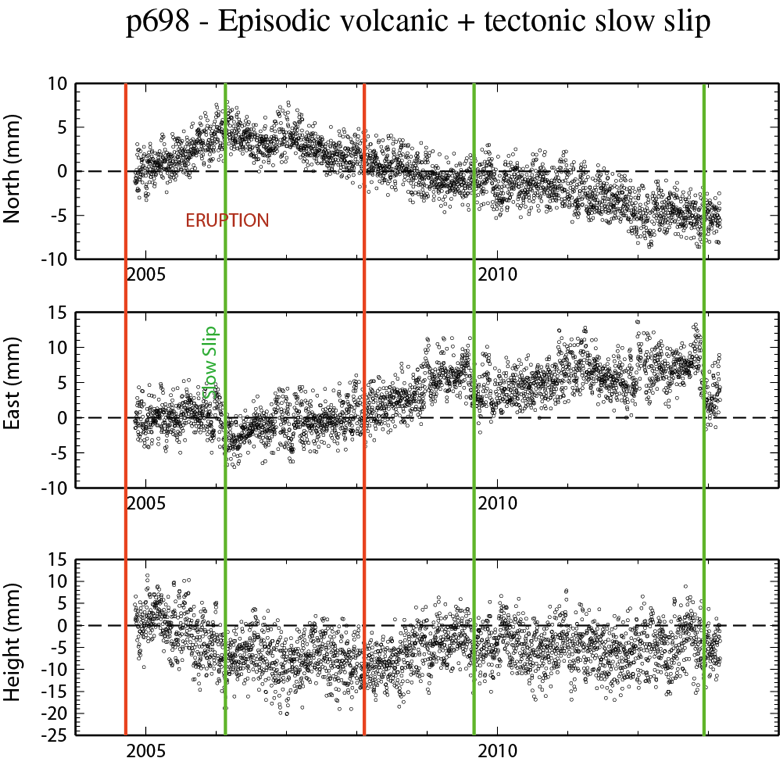
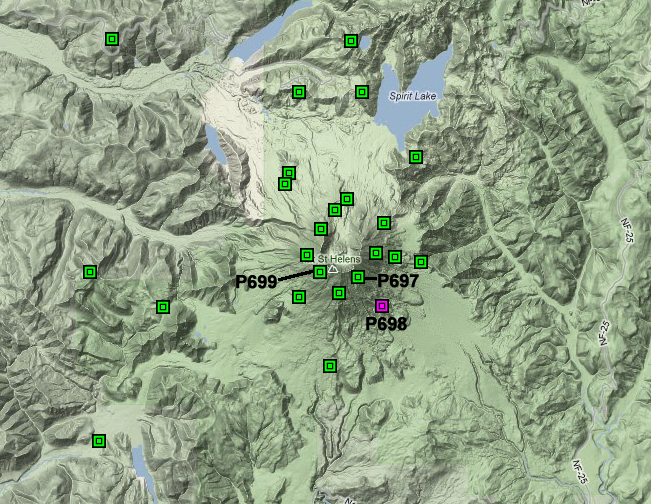
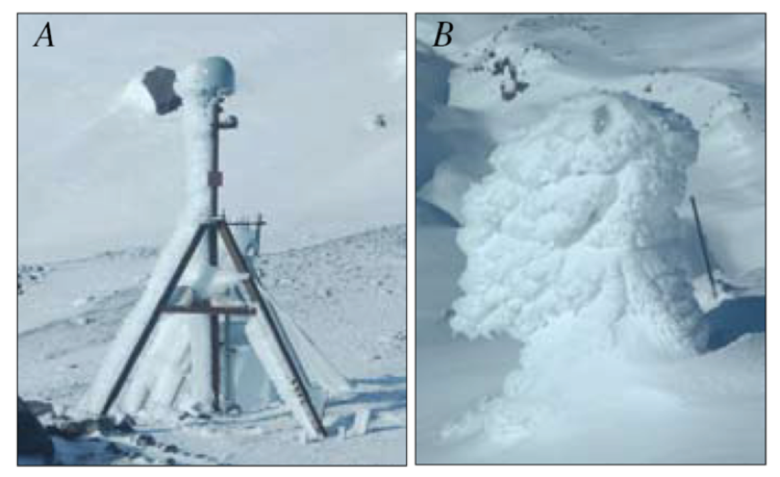
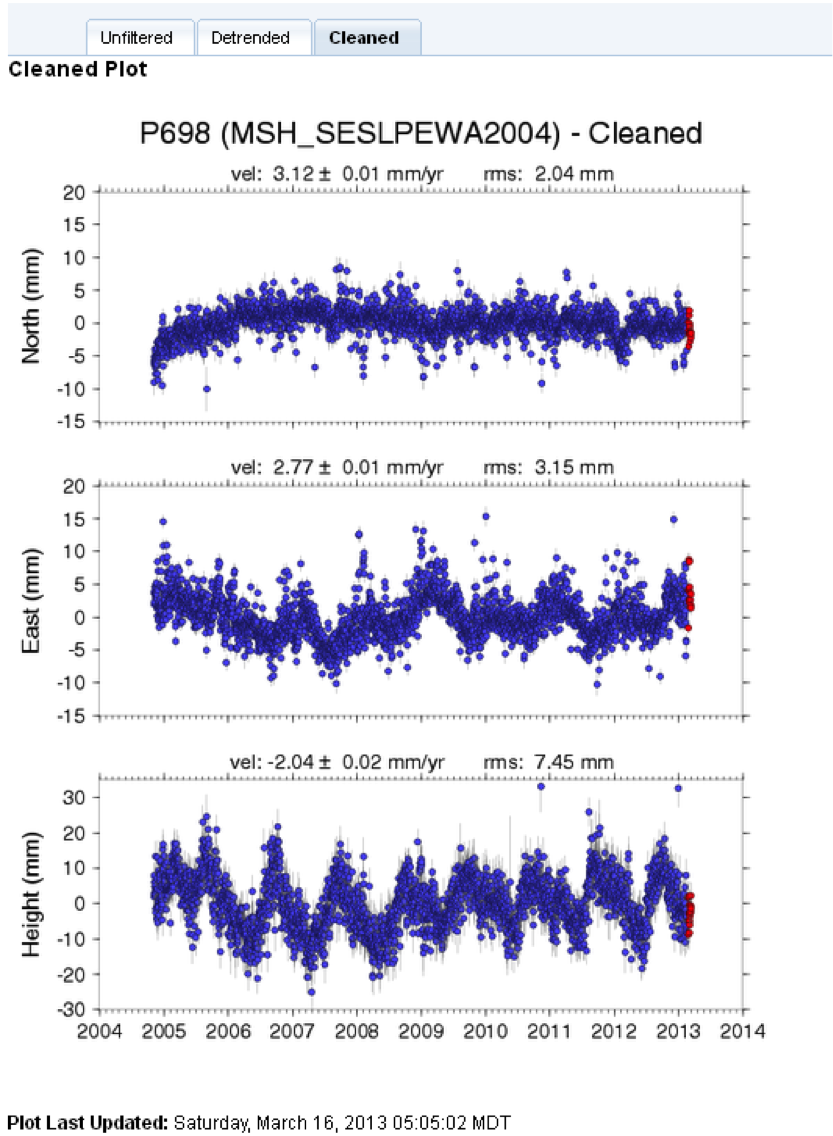
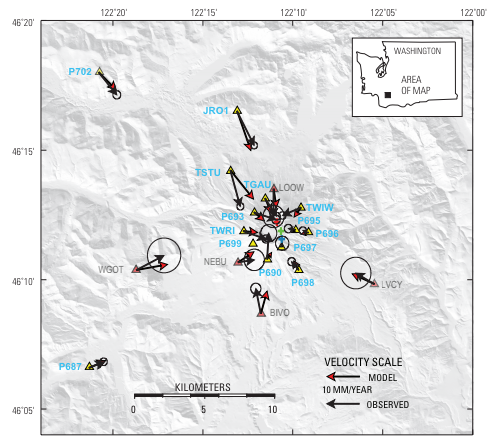


 unavco.org.
unavco.org.